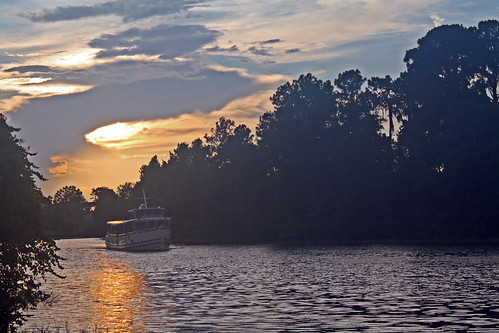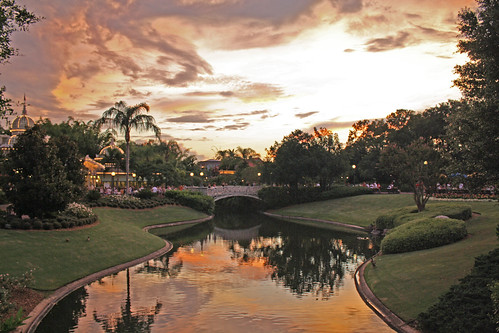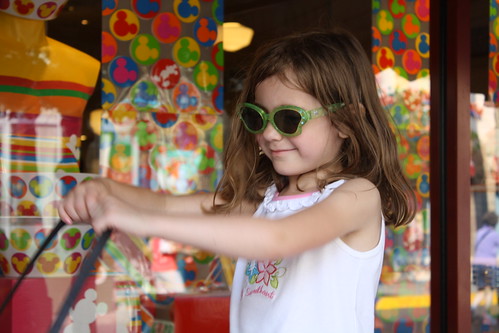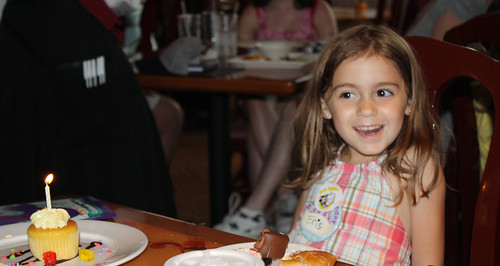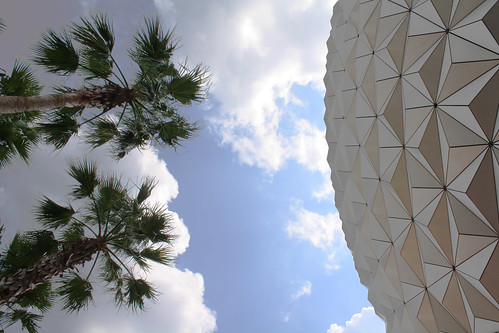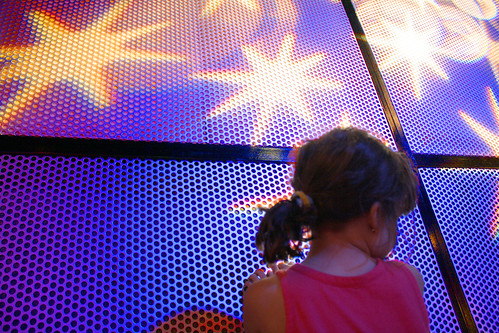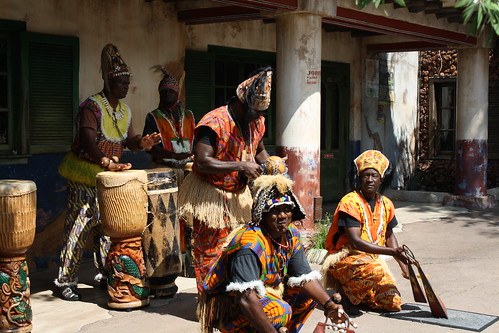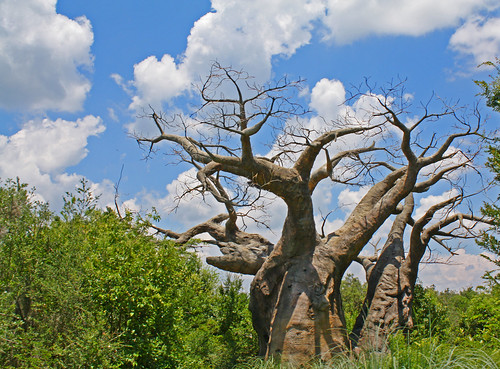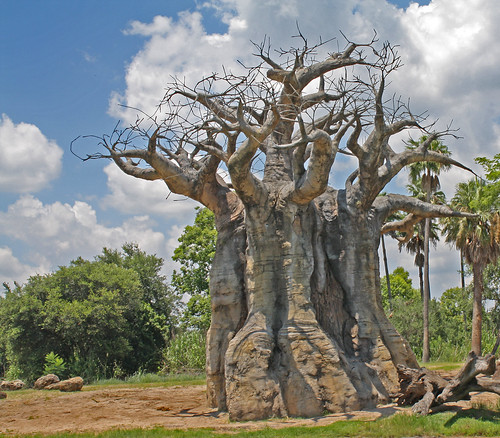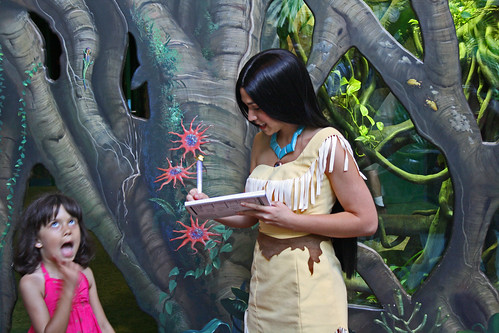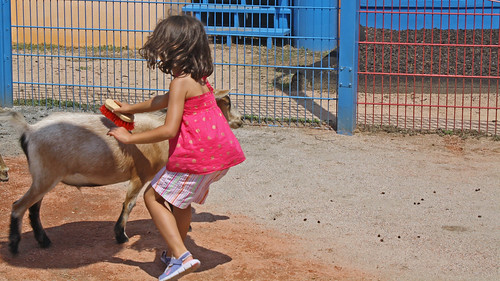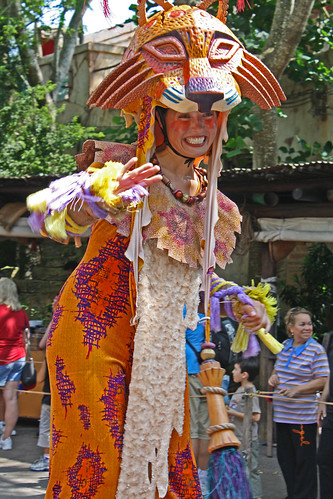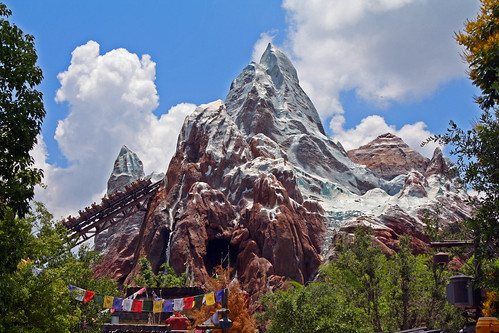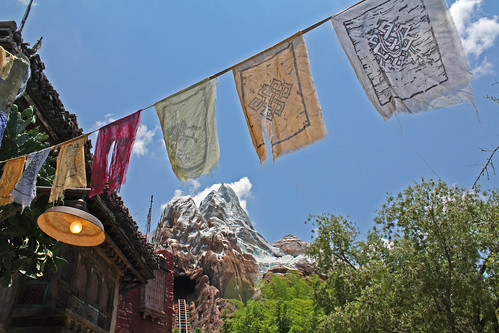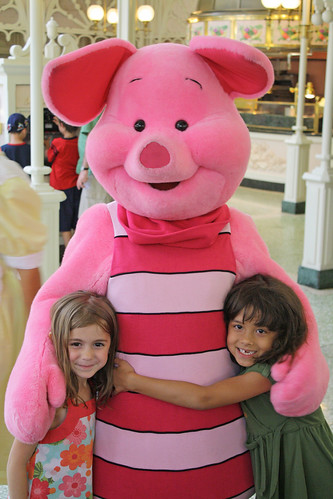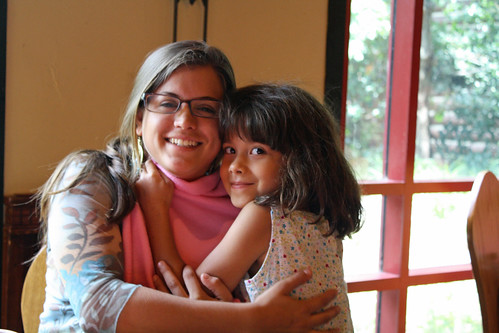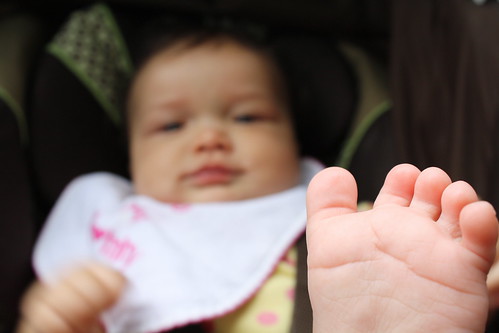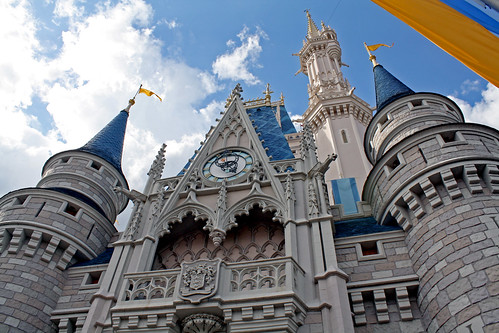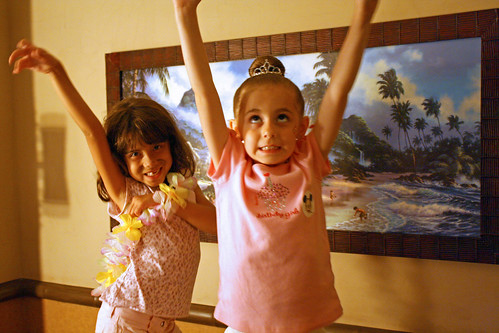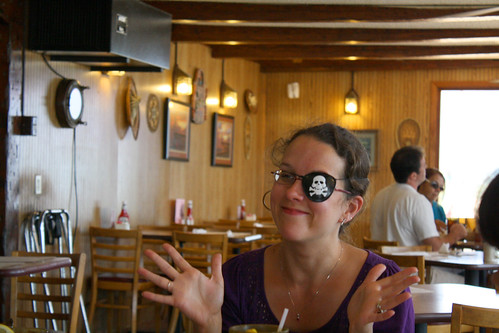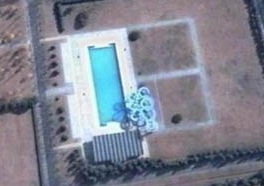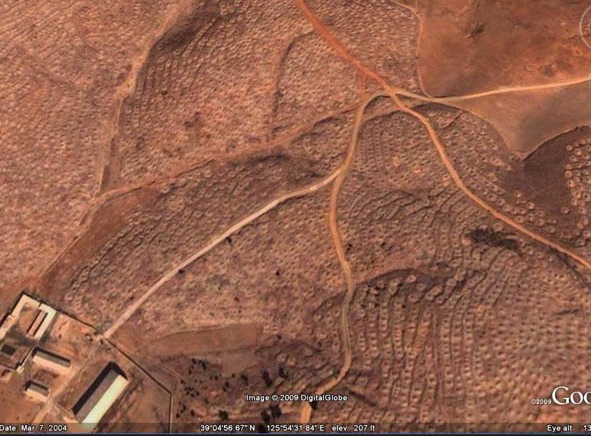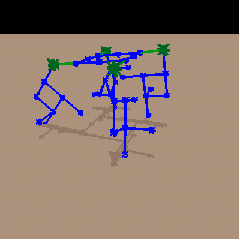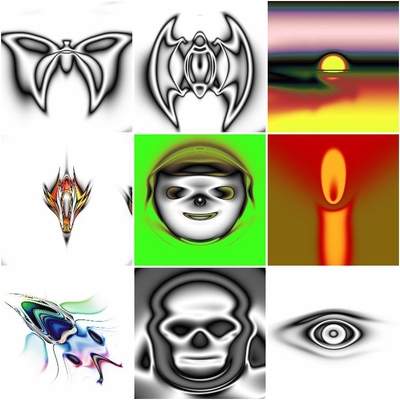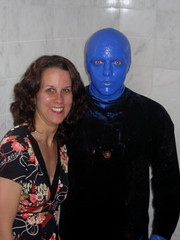I’m scheduled to report to the skydiving facility at 10:00AM. A solid, low bank of clouds covers the entire sky. The call comes in at 8:30AM.
“The weather is looking bad today. Do you mind rescheduling your tandem skydive?”
“No problem. How does tomorrow morning sound?”
“That’s perfect. The weather is going to be excellent.”
I’m at my parents’ house with Kathryn and our kids, psyching myself up to jump out of a plane two miles above the solid earth. The cancellation instantly deflates my mounting anxiety. Tomorrow would work out well. The reprieve is nice, but it just means the anxiety will last much longer. It is like waiting your turn to give your report in front of the class, but having to listen to thirty other students go first.
We set in motion the less fearsome plan of taking the kids to Fun, Fun, Fun for arcade games and mini golf. Ten minutes before we head out the door, the phone rings again. Dad takes the call.
I look quickly outside. Sunny as hell. Before another word is said, the anxiety starts to creep back in.
“Hey, Dave; want to jump now? The weather’s good.”
“OK!”
Can’t put it off any more. The skydive is a birthday gift from my parents. It was a remote, fanciful idea until now. Suddenly, the distant idea began to materialize. The little peaks of anxiety arrive more quickly. Palms start to get sweaty.
Kathryn and I pile into the car with the girls, and follow my dad. We pass the Paraclete XP Sky Venture facility along the way, a tall building with a powerful, vertical wind tunnel. People float inside the tunnel, practicing free-fall maneuvers. Kathryn starts to get more excited about the idea of tandem skydiving. She wants to go next!

Wind tunnel inside the Paraclete XP Sky Venture facility
My brain attempts to process my anxiety along the way. For some reason I keep thinking of the title of the self-help book, Feel the Fear and Do It Anyway, a book I’ve never even read. The title alone is enough to keep my mind on the goal.
We arrive at the Raeford Parachute Center, located only a few minutes away from my parents’ house. I had a lot of confidence in the facility. They’ve been in business for over forty years, and have long history of good experiences. The instructors at the facility have tens, if not hundreds of thousands of jumps among them. We park, unload the kids, and look around. There’s the little air strip with a handful of tiny airplanes. A smoky bar filling up with servicemen, bikers, and other thrill-seekers. Jumpers fiddling with their chutes in a covered picnic area.
Raeford Parachute Center logo
We head into the office to fill out the paperwork, and to watch a bizarre old video of a man with a ridiculous four-foot-long beard talking about the legal liability waiver document skydivers are required to sign. This was followed by footage of the same mega-bearded man going through a tandem skydive with Ron Reagan, son of President Reagan.
The paperwork is the scariest part, because you are legally accepting the risk of injury and death. Jumping out of an airplane has got to be easier than parsing legal language. I dutifully checked away my right to sue if I end up being pressure washed off the landing zone.
Nope. Still can’t sue for this.
Roy, the instructor, came in to give me the very brief training. We talk about the gear, safety, and what to expect. He’s probably gone over this training material thousands of times, so he runs through it very quickly. I absorbed as much as I could, while resigning myself to the fact that Roy will be taking care of 99% of the jump for me. I’ll just take on the challenging role of “dead weight newbie”. Roy gives some useful advice:
“Don’t walk into the propellers.”
“In freefall, be sure to smile to tense up your face muscles for the videographer. Otherwise, the wind will push the meat in your face all the way up. It won’t be pretty.”
“Don’t put your arms back here. See this pull? It cuts the main chute away. You DON’T want to do that.”
Roy hands me a jump suit, and a “frap hat” with attached goggles that fit over my glasses. I put it all on. The getup looks strange. I look like a novelty condom. Kathryn laughs at my appearance and takes photos along with my dad.

The frap hat is awesome.
Iris is getting excited as she looks at the walls which are completely covered in fantastic photographs of other skydivers. There are some photos of elderly people doing jumps, including a woman who did a tandem skydive on her 94th birthday. Dad is getting more excited about the jump. His first civilian jump was in 1970. He did a handful of static line jumps before joining the Army, then continued on to do several hundred jumps with the 82nd Airborne. He tells stories about various small mishaps during his jumps, such as landing on a snack bar, getting caught in a tree, and opening his chute too low at 1000 feet and getting grounded by the parachuting instructor. Surprisingly, none of his jumps were as high as the jump I was about to make at 13,500 feet.
Roy returns to help me put on and adjust my parachute harness. “You’ll want to make a ‘special adjustment’ so certain parts don’t get pureed on the way down.” He gives me a cheap altimeter to wear. I give hugs to Kathryn and the girls, and we’re off to the plane, a Pacific Aerospace P-750 XSTOL.

“Insane people: Get inside, now!”
Mila smiles in her stroller, sucks on her feet, and I board the plane.
The plane is designed to bring 17 parachutists up to altitudes of 12 to 13 thousand feet, then return to land, all within 15-30 minutes. After a short wait, Roy and I and the remaining parachutists (all men except for one woman) climb into the low opening and pile into the cramped fuselage. We sit with our backs to the pilot. Roy is sitting behind me. The videographer sits to his right, and the pilot is behind them in the cockpit, working over his busy clusters of instruments. The engine fires up, and we taxi to the runway. We roll quickly under high throttle and the plane peels away from the runway, calming the shaking fuselage. I watch as the ground falls away, and I start to feel a wonderful sense of freedom. Which is kind of strange, considering I’m sealed in a metal tube, sitting nuts-to-butts with 14 other parachutists, doomed to jump out two miles above the ground.
As we continue the twenty-minute climb to 13,500 feet, I periodically glance at my altimeter. The needle creeps up slowly but noticeably. I feel some of the anxiety but a strong feeling of calm is also present. I was more nervous on the ground, thinking about the pending skydive. Perhaps this is an “acceptance” phase, combined with Roy’s efforts to put my mind at ease. No turning back now. Shut up and do it.
After some repeated safety checks, and a briefing on what to expect, Roy asks, “Any questions before we do this?”
I think for a moment. “Do the jumps get better and better after the first one?”
“Oh yeah. Every jump is different. You can do this thousands of times and it’s different each time.”
I can sense some of the other parachutists smiling. They are probably thinking of the unexpected things that come up during their jumps. On our way to board the plane, Roy and the videographer teased another skydiver about landing on the arrow instead of the big landing target the arrow was pointing to.
We hit 5,500 feet and two skydivers are already at the door. The red light turns yellow, and the door is opened. The yellow light turns green, and the two skydivers quickly exit the plane. All I can see of this from my seat in the back is one moment there are two helmeted heads near the door. And the next moment, they are gone.
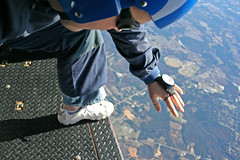
Having a face-to-face with ol’ Gravity.
The door closes, and we finish climbing to 13,500 feet. The door opens, letting in the roar of the wind, and the light goes green again. The parachutists ahead of us quickly perch on the edge of the doorway one-by-one, and jump away. In a short time, only the videographer, and Roy and I remain. Roy and I are already attached together, an awkward eight-limbed bundle, and we clumsily shuffle our way to the doorway. The videographer is already outside the plane, holding on to a rail. Roy and I set up at the threshold, an insignificant line between apparent safety and insanity. I squeeze my thumbs into my chest straps, and push my head back. The videographer jumps away. Roy rocks forward, then back, then forward again. We fall away in a rush.
OMG OMG
The next few moments are chaotic. Strangely, falling out of a plane only feels like falling during those first moments. I get that “stomach in your throat” sensation for a few seconds, then it quickly disappears. Roy stabilizes us and deploys the drogue chute, a small semi-closed parachute, which brings our terminal velocity to 120 miles per hour. He taps my shoulder, which is my signal to spread out my arms and legs. We are now pushing through a thick blanket of air, which feels much more like floating than falling, especially since the ground is so distant and unmoving. It’s hard not to stare at the ground during free-fall. The videographer circles around, positioning himself in front of us, so I look up at him and mug for the camera. I move my hands around in the wind. The wind feels solid enough to push against. It is a lot like sticking your hands out the window of your car when you are speeding down a highway. I must be part dog, because I stick my tongue out, which gave me a small irrational fear that the powerful wind would rip it off. The wind leaks into my goggles, and my right eye starts pushing out tears, distracting me. Roy spins us around a few times, then gets us in position for the end of free-fall. I’ve lost track of time, and I can’t see what Roy’s doing, but he’s watching his altimeter and getting ready to deploy the main chute.

Some dork tagged along for sloppy seconds.
About sixty seconds into free-fall, he pulls the rip cord and the chute unfurls about 5,500 feet above the ground. I’m so absorbed with the view of the ground, and the sensation of being pulled by the chute, that I didn’t think to look up to watch the canopy unfurl. It fills with air and I can feel myself being grabbed and pulled upward with great force. I’m glad this parachute harness can withstand all that force! Being held this high in the air with little more than a few straps feels a bit disconcerting. But I’m comforted by the knowledge that the straps, and the hooks holding me to Roy, are constructed to withstand thousands of pounds of force. The pulling forces come to an end and we settle into a gentle float.
Hey! Who put on the brakes?
Roy gives me instructions; I can finally hear his voice now that the deafening wind is behind us. He hands me the toggles, webbed straps used to steer the parachute, and I fly the canopy for a few moments, enjoying the freedom of flight. The ground is like a tilting table top, pitching and yawing as we drift. Every feature of the ground seems like a small mark on a giant, flat sheet of paper. Slowly, the ground gets closer. Roy’s pointing hand appears and he describes features in the distance. “There’s Fort Bragg over there. There’s Fayetteville. And I think that’s Laurinburg. If you look over there, you can see the edge of the weather that was here this morning. Man, what a great, clear day we got today.”
I can see all the other jumpers glide their chutes ahead of us towards the drop zone. The canopy ride is supposed to last about five minutes. It goes by very quickly, and I’m surprised to hear Roy say he is beginning to position us for landing. We watch the plane that took us up come in for a landing. It looks very small off in the distance. I start to feel queasy, like I have in the past when riding on small planes. I suspect the apparent motion of the ground triggers it, like pitching on a boat does for me sometimes. But I want to enjoy the rest of the ride, so I take a few deep breaths to try to push away the discomfort. We glide past the observation area, and I wave at my family there, but they probably can’t see me since we’re still up high.
Can you see me waving?
Roy circles us around the drop zone. I can see the landing target getting larger. We get closer and Roy says, “OK, now lift your legs and keep them up.” In the brief training, Roy explained that the last thing you want to do on tandem landings is let your feet contact first, dragging behind you, followed by your knees contacting, then your face. Ouch. I dutifully lift my legs and Roy brings us in for a landing. Roy contacts the ground first, then I bring my feet to the ground for the landing which is no faster than a brisk jog. Roy executes a perfect landing – we both remain standing.
*Whew*! The safety of the ground… is an illusion. The drive home is more dangerous!
It is a bit of a relief to be on the ground, but disappointing that the ride is over. Echoes of queasiness chip small pieces of my exhilaration away. The videographer rushes towards us for a post-jump interview. “How was it?” I can think of little more to say than, “Awesome.” Roy disconnects our harnesses, helps me loosen mine, and I head back to my family while Roy deals with his chute. Iris is the first to greet me. She congratulates me on my “bravery” of jumping out of a plane. I give her a big hug, and we meet up with my dad, Kathryn and Mila. We head back to the office to return the gear, and Roy gives me the jump certificate. Back at my parents’ house, Dad finds the old certificate of his first jump. 1970. Almost 40 years before my first jump!
Father and son jump certificates. Took almost 40 years to catch up to him.
It was one hell of a birthday gift!
















